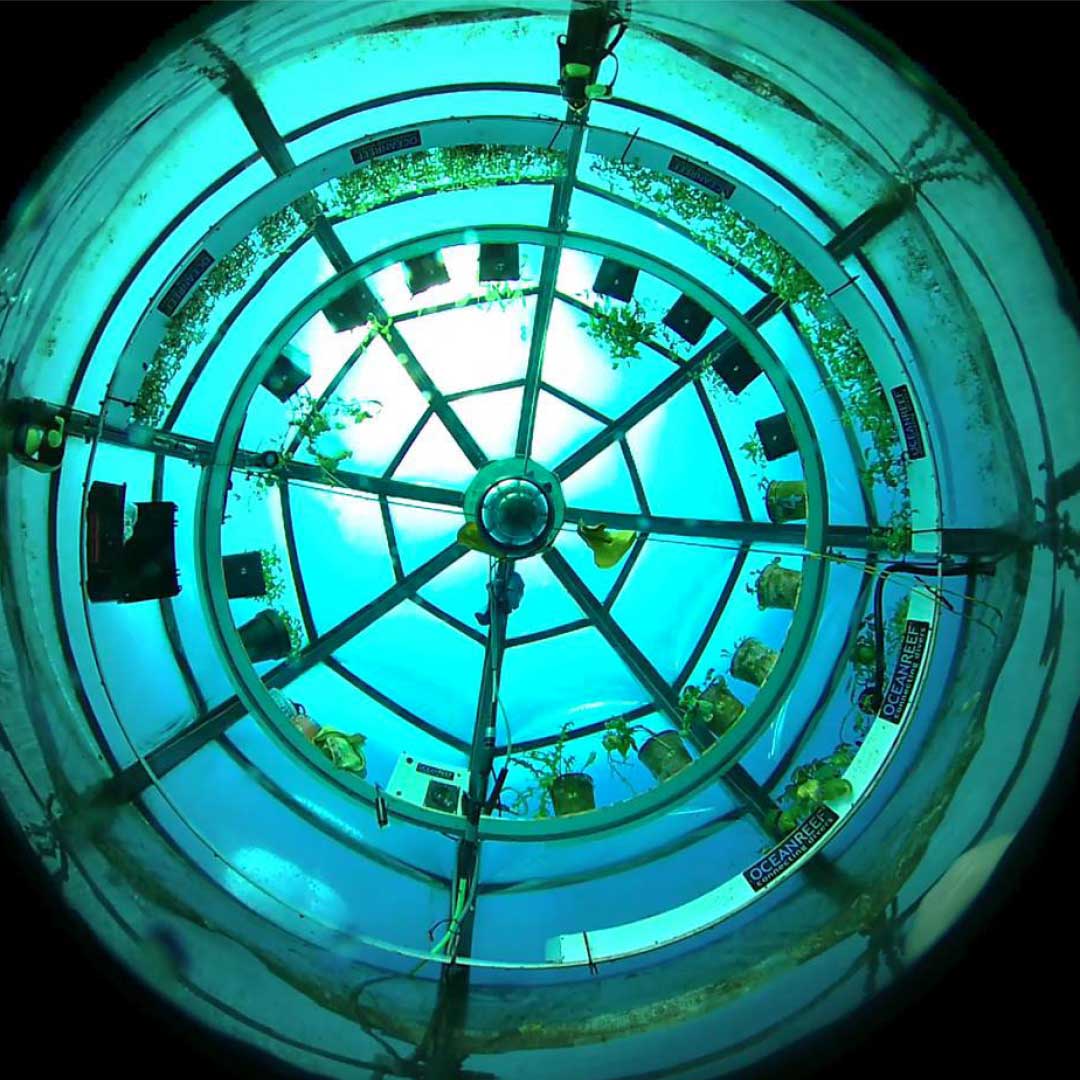The High Altitude Water Cherenkov (HAWC) Gamma-Ray Observatory officially launched a few days ago on March 20 and will soon begin collecting data on cosmic explosions at full capacity.
Located 13,500 feet above sea level on the slopes of Mexico’s Volcán Sierra Negra, massive beer keg tanks will be tasked with studying explosive events such as neutron star collisions, supernovae, and active galactic nuclei.
The long-term goal of the project is to learn more about the nature of high-energy radiation.
The video below shows a timelapse of the construction of HAWC’s 300 gigantic tanks, which hold 55 million liters of water, and will soon detect the highest energy photons ever observed.
Here is the official scientific explanation regarding how HAWC Observatory works from Los Alamos National Laboratory:
Each of HAWC’s detectors is a huge tank containing 50,000 gallons of ultrapure water with four light sensors anchored to the floor. When gamma rays or cosmic rays reach Earth’s atmosphere they set off a cascade of charged particles, and when these particles reach the water in HAWC’s detectors, they produce a cone-shaped flash of light known as Cherenkov radiation. The effect is much like a sonic boom produced by a supersonic jet, because the particles are traveling slightly faster than the speed of light in ultrapure water.
The light sensors record each flash of Cherenkov radiation inside the detector tanks. By comparing nanosecond differences in arrival times at each light sensor, scientists can reconstruct the angle of travel for each particle cascade. The intensity of the light indicates the primary particle’s energy, and the pattern of detector hits can distinguish between gamma rays and cosmic rays. With 300 detectors spread over nearly three football fields, HAWC is able to “see” these events in relatively high resolution.
More:






